The take-up of electric cars is rising as more and more Brits take the plunge and plug in – but what are electric vehicles (EVs) really like to live with? Do people regret shunning petrol and diesel cars? Or are there only benefits once you commit to battery motoring?
The team that brings you CAR magazine have been lucky enough to live with dozens of electric cars and we’ve been doing it for over a decade now, ever since Nissan launched the first mainstream electric car in the UK, the original Leaf, back in 2011.
As well as road testing every EV on sale today, we live with them for months on end to put them through the most gruelling road test of all: daily life. Are they worth the premium or are there hidden costs of owning an electric car? Are they easy to plug in and charge in real-world conditions? And is the electric range what the manufacturers claim?
We asked our team for their conclusions – the real-world benefits, disadvantages and more. Read on to find out what an electric car is like to live with, warts ’n’ all.
Electric car sales take off in the UK
The number of pure EVs registered in the UK in 2020 nearly trebled to 108,205. To give that some context, battery electric vehicles (BEVs) made up just 1.6% of the UK new car market in 2019, and that soared to 6.6% last year. A significant transformation is happening before our very eyes.
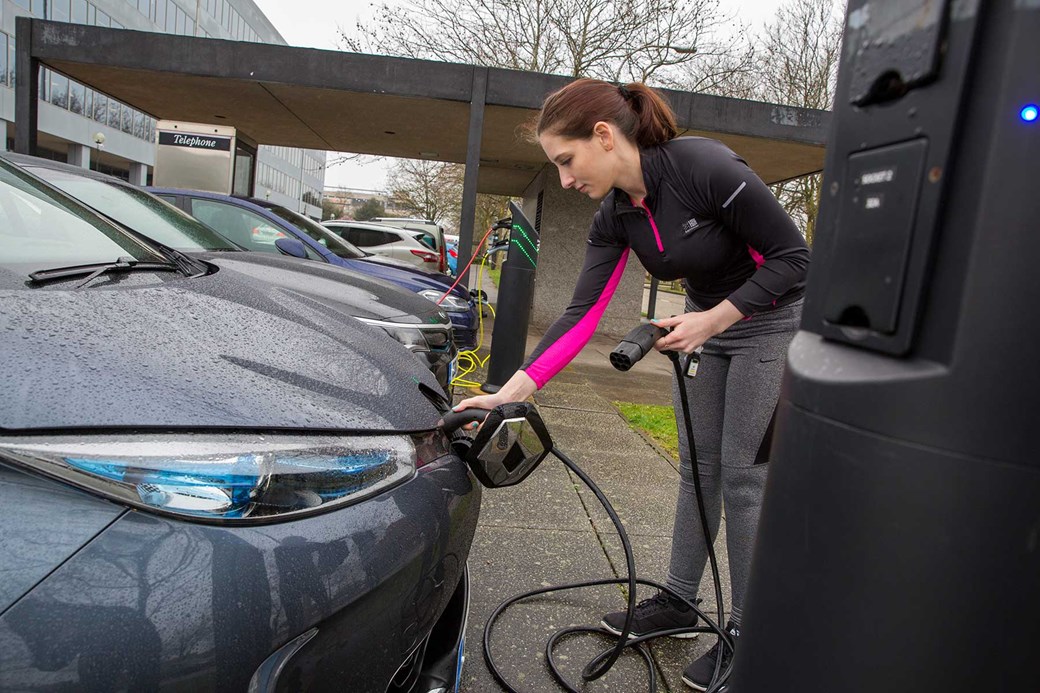
Evidence suggests that few people who take the plunge and go electric then switch back to an internal combustion engine (ICE). Typical benefits include:
- Clean tailpipe emissions sate your conscience
- Refuelling costs typically less than half of a petrol car’s
- You’ll never again have to visit a petrol forecourt
- Peaceful, silent motoring – and strong acceleration
- No VED annual road tax for zero-emissions EVs
- Major savings in company car tax for business users
- Pre-heating and app features thanks to connected SIM card
While disadvantages of owning an electric car include:
- They’re typically more expensive to buy in the first place
- Range can be challenging: think through your daily needs
- Charging infrastructure is patchy – check out your local area
- Owning an electric car if you live in an apartment without a driveway makes home-charging tricky
Read on to hear how the CAR staffers found living with an electric car.
Our guide to the cheapest electric cars
Jake Groves on life with a Nissan Leaf: ‘Going electric is simple’
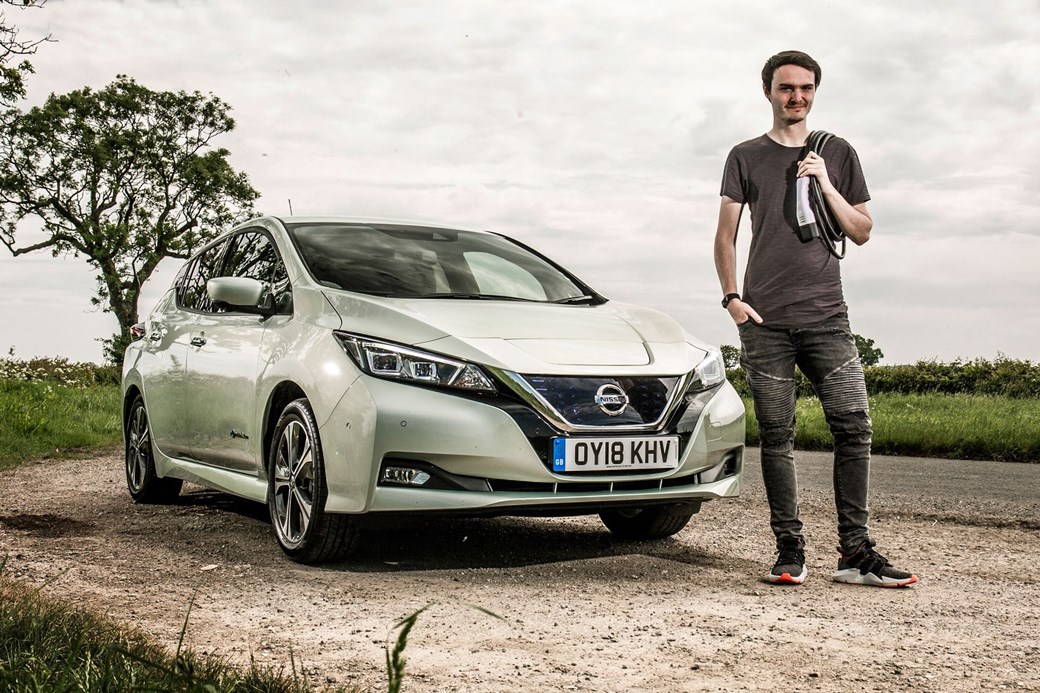
‘The instant torque, the guilt-free motoring in the city (even some priority parking spaces if you’re lucky) and the fact that my Leaf cost a pittance to run meant plenty of surprise and delight. It’s a simple life inside an EV – unplug, switch on and get going. The whole test, though, was a massive learning curve. You need apps like ZapMap to plan longer routes to new destinations once you’ve gotten to grips with what charging port your car has and how much juice it can take, an acceptance that not every charger will work seamlessly (or at all) and the knowledge that coasting in some cases may be more beneficial than leaning on brake regeneration when on the move.
‘Then, there was the Leaf itself; a pioneer in the early days of consumer EVs, it now lags behind so many EV newcomers in terms of packaging, drivability and range. During the incredibly hot summer of 2018, I had to debate whether I wanted to sacrifice range for (admittedly very weak) air-con, for example. The game has moved on, though, since my 2018 test – and there is now more choice, infrastructure and range available to EV buyers.’
Read Jake’s full Nissan Leaf long-term test here
Tim Pollard lived with a Tesla Model S: ‘Tesla removes the hurdles of going electric’
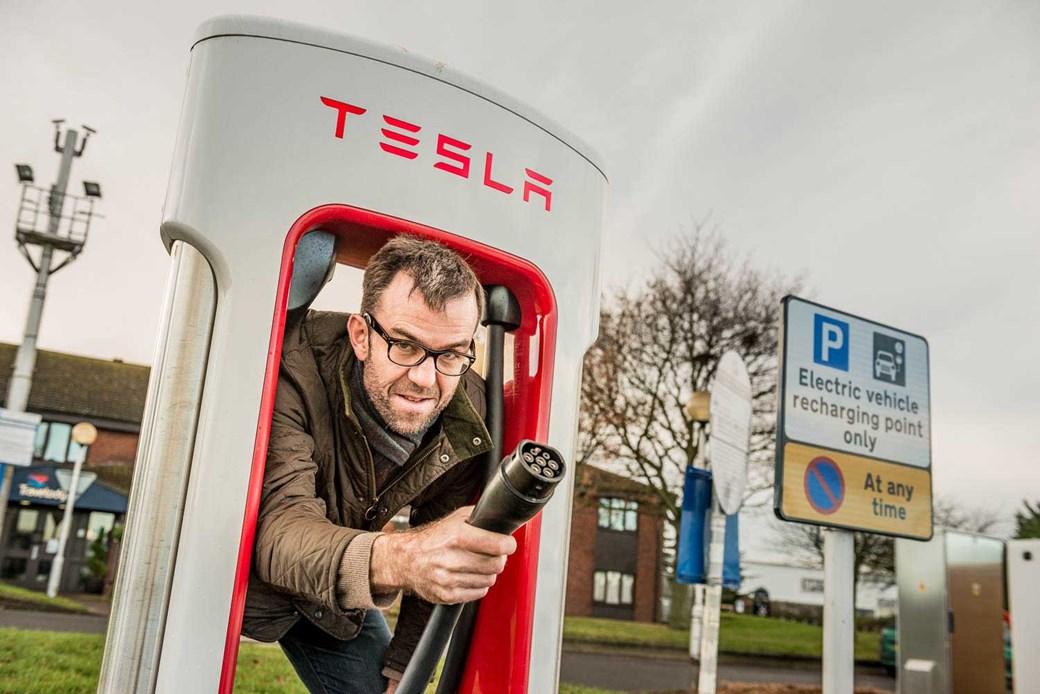
‘We spent half a year with the Tesla Model S in 85D form (a model and battery capacity that’s no longer available). Elon Musk’s start-up company has smashed through so many conventions in the car industry and it really showed in our extended test. The genius of Tesla is twofold. First, the proprietary charging network of Superchargers is brilliant, at a stroke removing the argument about range. Long journeys were a cinch and the sat-nav even showed how many bays were available at each charging station. Plus it delivered rapid charging years before others had cottoned on. Second, Tesla just makes really good electric cars – the S looked European, had the infotainment straight out of Silicon Valley and felt like the future. It still does – and it makes going electric super-easy.’
Read Tim’s full Tesla Model S long-term test here
James Taylor lived with a Mini Electric: ‘I coped – even without having proper home-charging’
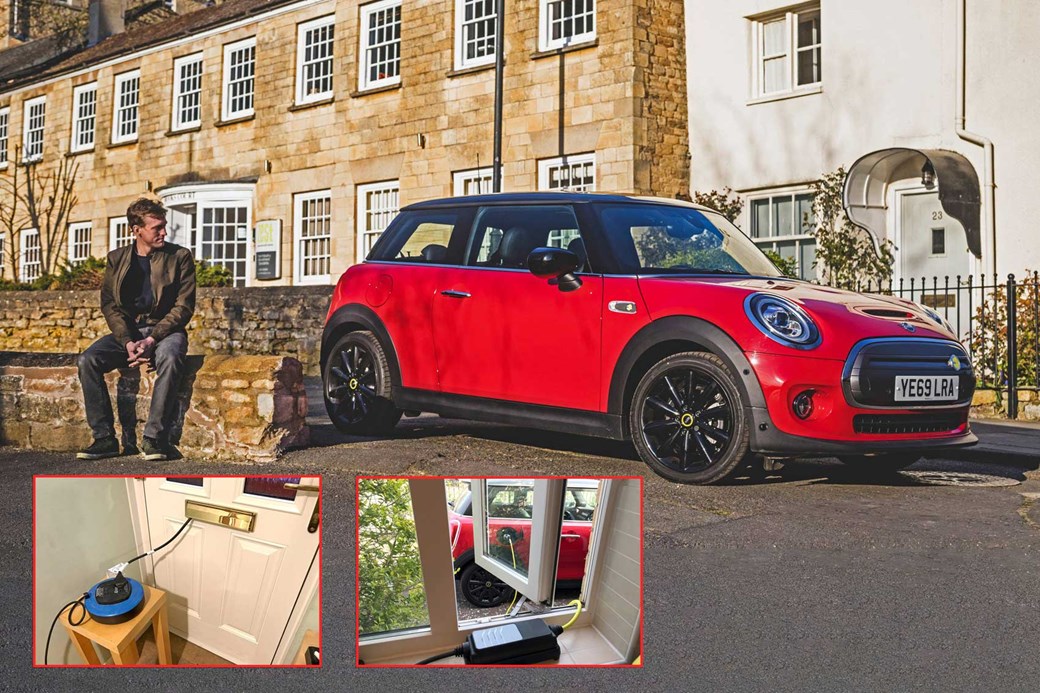
‘Living with a Mini Electric for six months was fun, and I became fond of the car. The main drawback was my lack of home-charging capability. I live in a middle terrace without parking outside my house, and no way of fitting a wallbox. To charge the car, I needed to negotiate times with my neighbours that I could block their path and snake a lead through the kitchen window or letterbox into my kitchen or hallway. Charging through a three-pin plug is a process that takes more or less a full working day. Less of an issue while working from home in lockdown but a tricky hurdle otherwise. As a result, I would often avoid driving the car the day before a big trip to ensure I could start my journey on 100% battery, and that impacted my day to day life. On big motorway journeys, the car’s relatively low range meant I would need to plan ahead to use public charge points.’
Phil McNamara experience with a Jaguar i-Pace: ‘Cheaper running costs – and a great feelgood factor’
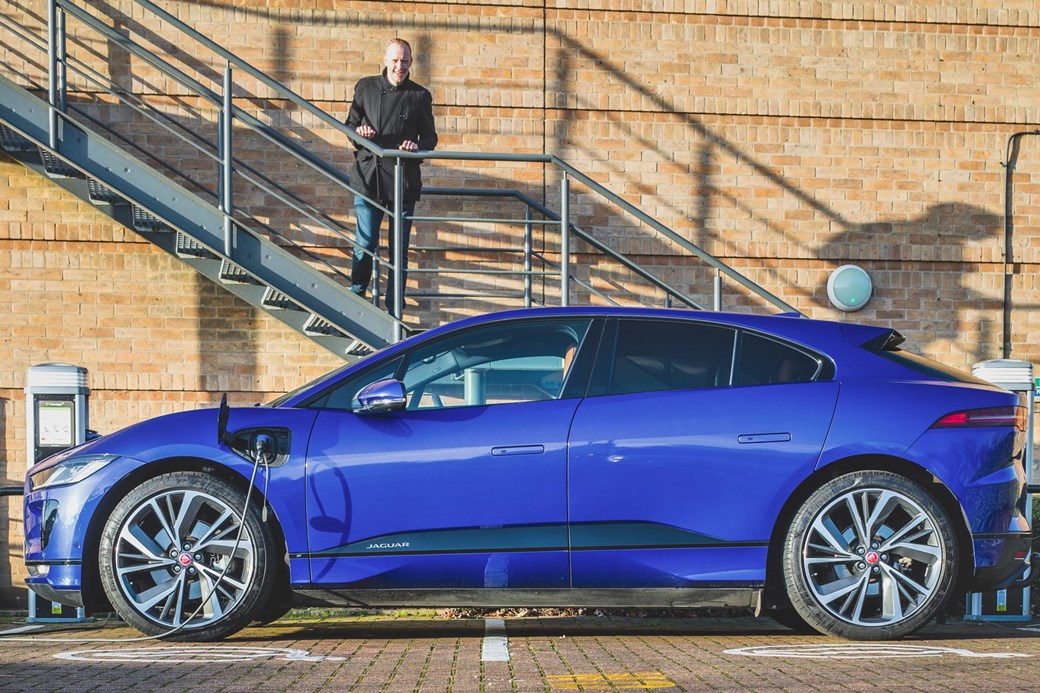
‘On a cheap overnight tariff, an i-Pace charge totalled £8, so about £20 for 500 miles. A punchy twin-turbodiesel F-Pace, though still down 100bhp and a couple of seconds to 62mph on the electric Jag, would need around £78 to gas for 500 miles. And there is an undoubted feelgood factor from emitting zero pollutants on the go.’
Read Phil’s full Jaguar i-Pace long-term test here
Ben Whitworth lives with a Renault Zoe: they can be fun to drive, as well as cheap
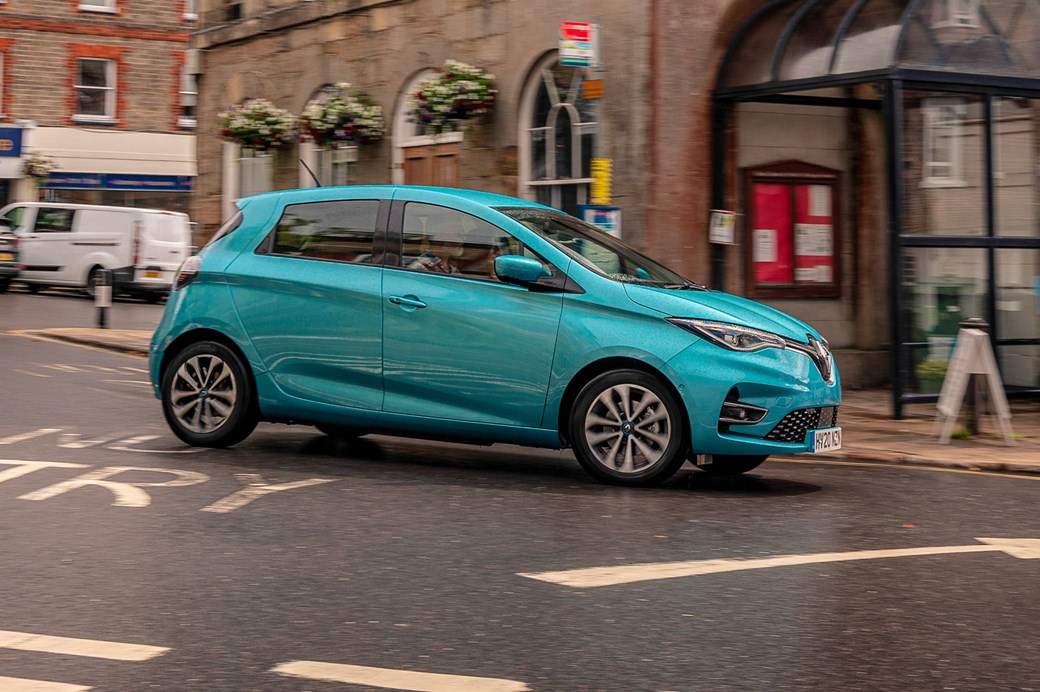
‘I’ve found there’s a lot to love here, over and above those 3.1p-per-mile running costs. Up to 40mph it’s entertainingly brisk, and the quick if lifeless steering means it can be satisfyingly hustled along. The calibration of the throttle and brake pedals is excellent, as is the well-judged level of dialled-in regenerative braking in one-pedal “B” driving mode.’
Read Ben’s full Renault Zoe long-term test here
Keith Adams on the costs of owning an electric car: ‘Make sure you get a home charger installed’
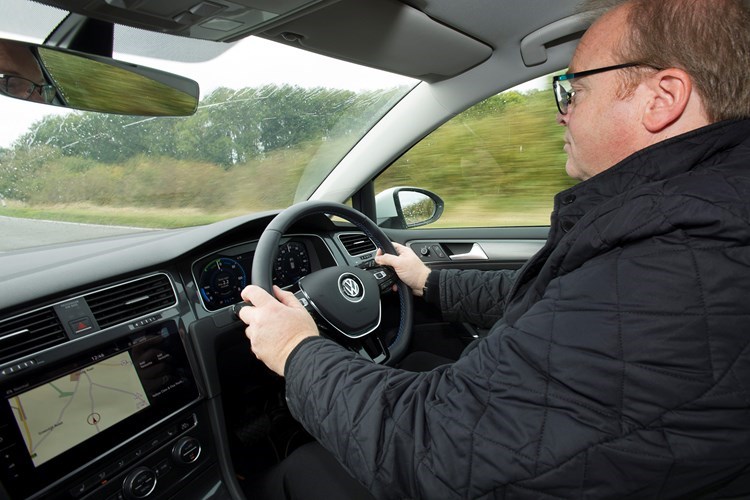
‘Be sure that your house wiring is up to it first. As I found, if it’s old or sub-standard, you will probably need a rewire to ensure a clear, error-free supply of electricity to your car. That can be costly, but in the long-run, this will pay you back in petrol money saved. It’s also cheaper than a public charger to run. My Pod Point would deliver 3.7kW, and typically on an overnight tariff, you’ll pay 10p per kWh, which on my average 40-mile commute, comes in at 80p per day. At a more usual 14p per kWh rate for domestic electricity, you’re looking at around £5.00 per recharge. To get a decent gulp of public power, 80% would cost more like £2.00. A full recharge at home works out at about £3.00. Of course, some public chargepoints are free, but they are getting rarer.’
By Tim Pollard
CUT COTS OF THE FLEET WITH OUR AUDIT PROGRAM
The audit is a key tool to know the overall status and provide the analysis, the assessment, the advice, the suggestions and the actions to take in order to cut costs and increase the efficiency and efficacy of the fleet. We propose the following fleet management audit.




